According to the data from the 2012 Nutrition and Health Monitoring of Chinese Residents, 65% of adult residents consume more than the recommended daily amount of 6g of salt.
In other words, more than half of the people in the country eat too much salt! You may be one of them.
Many people may think that they do not eat salty food. How can salt exceed the standard? Because… besides salt, many foods have less salty [invisible salt].
Therefore, in order to successfully reduce salt, one should not only eat less salt, but also pay attention to a very important point: all sodium is salt.
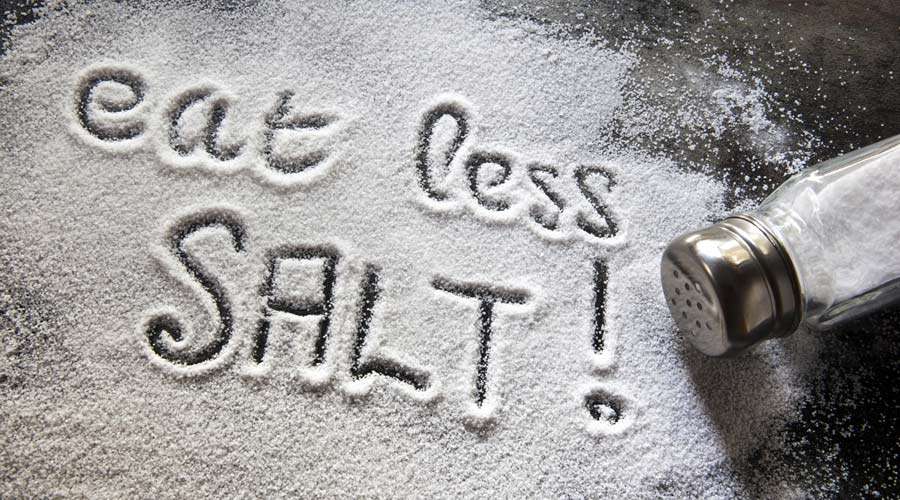
Where is [invisible salt] hidden?
According to the recommendations of < < Dietary Guidelines for Chinese Residents (2016) > > and < < Reference Intake of Dietary Nutrients for Chinese Residents > >, the daily salt intake of adults should not exceed 6g, which is equivalent to about 2,358 milligrams of sodium. If you want to prevent hypertension, it is better not to exceed 2,000 milligrams of sodium.
Salt limit, to be precise, should be limited to [sodium]. Please remember a simple formula: 1 gram of salt ≈ 400 milligrams of sodium.
Let’s take a look at how much [invisible salt] is hidden in various foods.
1. Various condiments and sauces
For example, bean paste, chili sauce, sweet flour sauce…
They will be pickled and seasoned with a large amount of salt in the production process. Although there is no [salt] in their names, they are actually large sodium-containing enterprises.
For example, a spoonful (15g) of broad bean paste of a certain brand contains 619 milligrams of sodium, which is equivalent to eating 1.5 grams of salt.
Monosodium glutamate and chicken essence used for seasoning cannot be ignored.
The main components of monosodium glutamate and chicken essence are sodium glutamate, sodium guanylate, etc., which can be called “salt-bearing people” with delicate flavor.
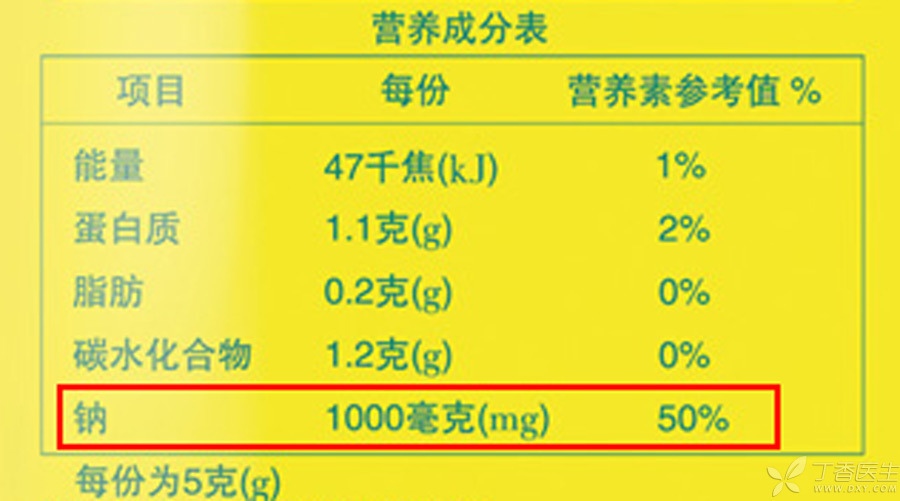
When cooking, people who like chicken essence, monosodium glutamate, salt… all kinds of seasonings should be careful.
2. Sour and sweet food, especially sodium
Because there are other tastes to hide, the salty taste of some foods is not obvious, and a lot of sodium will be eaten unconsciously, which is also a very common [invisible salt].
The most typical representatives are: cold fruits and candied fruits, and biscuits and snacks.
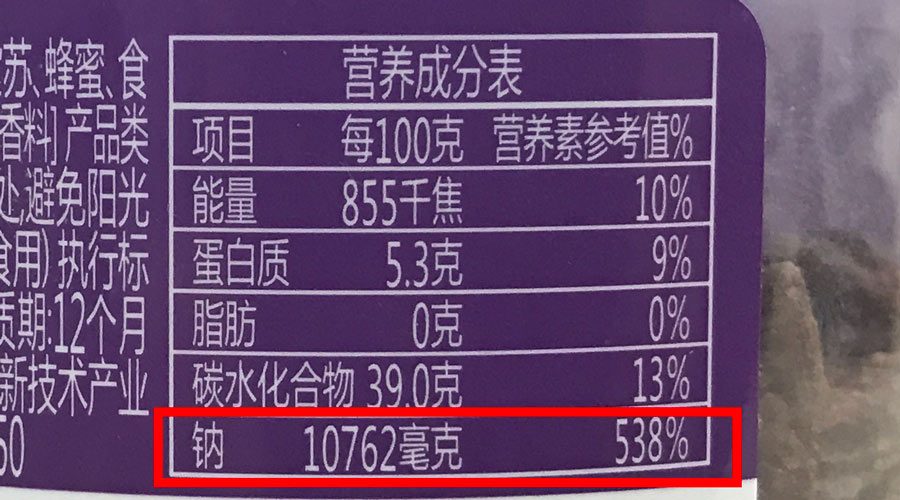
3. Various food additives containing sodium
There are many kinds of food additives, many of which contain sodium.
For example, sodium bicarbonate (baking soda), which can produce bubbles, is the most common leavening agent and acidity neutralizer.
It can be used to improve the taste of food, fried dough sticks, biscuits, self-baking powder for making snacks and cakes, baking powder, soda water, even steamed bread, making bread… It is indispensable.
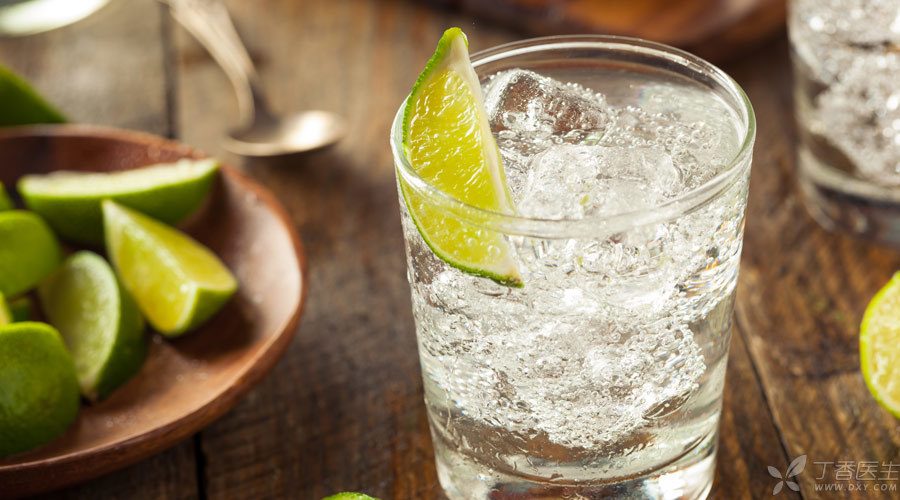
In addition, food additives containing sodium include:
- Sodium nitrite, which can prevent corrosion and color, is commonly used in processed meat products. Sodium polyphosphate, which can retain water, is commonly used in tea drinks, meat products, etc. Sodium citrate used to adjust acidity and improve flavor is common in beverages. There are also sodium metabisulfite, sodium benzoate, sodium dehydroacetate…
There are so many kinds that it is really impossible to remember them all. So……
Salt control must depend on sodium content.
Therefore, the most reliable way to find invisible salt is to turn over the packaging bag and see how much [sodium] is in the [nutrition table].
To give a few examples:
- 1 palm-sized bread, 200g, 215 mg sodium, about 0.5 g salt; 1 box of stick cookies, 60 g, 152 mg sodium, about 0.4 g salt; 2 pieces of preserved hawthorn, about 25g, 124 mg sodium, about 0.3 g salt; 1 egg yolk pie, 28g, 53 mg sodium, about 0.1 g salt; …….
Zero always came down and ate 1 ~ 2 grams of salt before eating.
If you get into the habit of looking at the nutritional composition table, slowly, you will know the salt content of various foods.
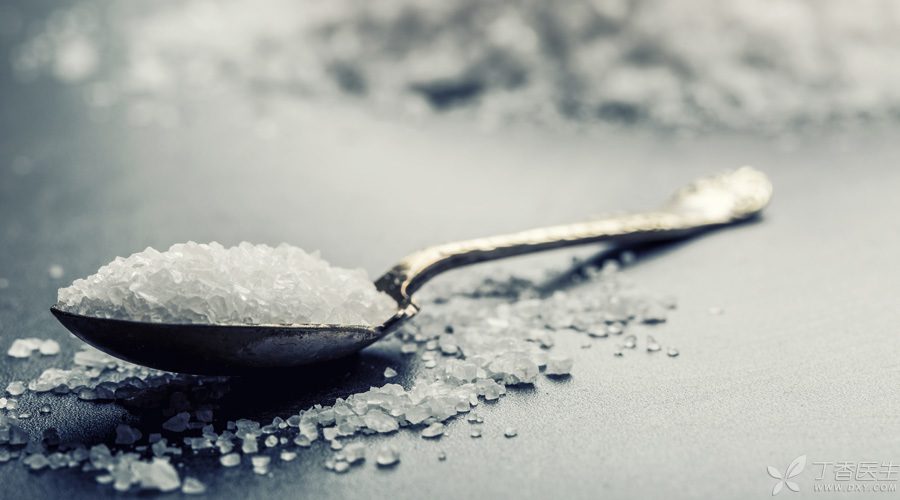
How much sodium do you eat every day to avoid exceeding the standard?
Looking at the above hidden salts hidden in food, do you still dare to say that your salt intake has not exceeded the standard?
Moreover, natural foods (such as grains, meat, vegetables, etc., which are not seasoned) also have [invisible salt], so the salt we can eat every day is actually less than 6g.
Some data show that even if we don’t eat any condiments and processed foods but only natural foods, we will eat about 350 milligrams of sodium every day, which is equivalent to about 0.9 grams of salt.
If this part of sodium is reduced from 6 grams of salt per day, then we can actually eat only about 5 grams of salt per day.
For many people, this salt stir-frying is simply not enough…
When cooking, you should be careful of oil, salt, soy sauce and vinegar. Snacks have extra sodium. What should you do?
The most important thing is to develop a light taste. You can do this:
- Eat less or no heavy snacks, learn to look at the nutrition table, and eat less [invisible salt]; Reduce the frequency of eating in restaurants. Some studies show that the sodium intake for only one table meal has exceeded the recommended amount for one day. When cooking by yourself, you should put less oil, salt, soy sauce and vinegar and try to enrich the taste of the dishes with various spices.
